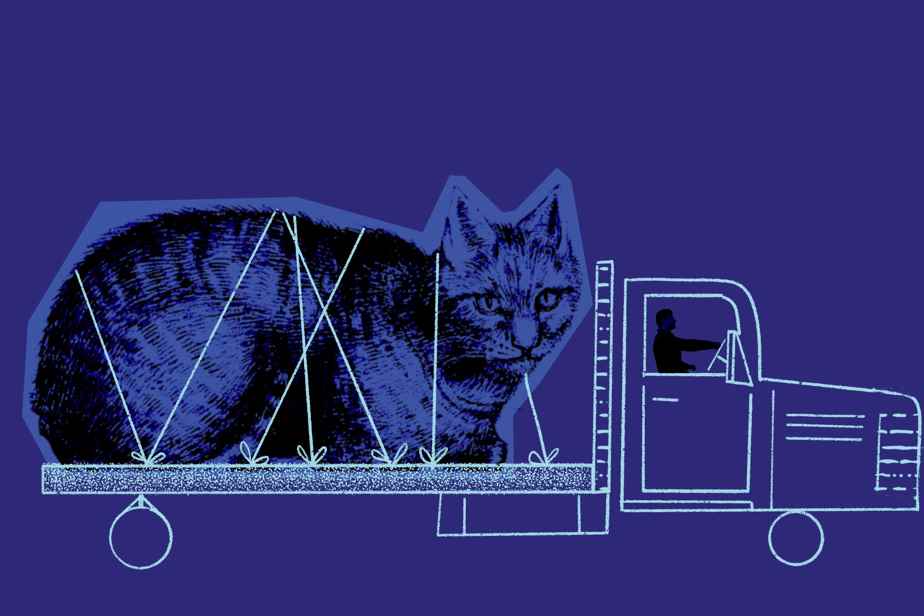Posted at 4:00 p.m.
before moving
Contact your veterinarian to verify that your pet’s vaccination coverage and parasite medication are up to date. You can also have him administer an antiparasitic treatment as a preventive measure, in case there are undesirables in your new home. Indeed, even after a major cleaning, some remain. Also ask your veterinarian for a prescription in advance if your companion is regularly medicated. If you change location, get his medical file or send him to your new veterinarian.
Update your ID
Don’t forget to put an identification collar with a new municipal medal on your animal in order to comply with the regulations and to be able to find it in the event of a runaway. If the permanent identification with a microchip is already installed, you can modify the address in the database of the Society for the Protection of Animals (SPA).
Make her a special box
It’s not the time to sort through Pitou or Minou’s business! They are familiar to him and will reassure him. Prepare a box for him with his toys, his water and food bowls, his litter box, his cushion, and make sure that everything is easily accessible so that he has his own corner as quickly as possible in the the new home. Provide food and litter for several days so as not to run out and buy them in a hurry.
A pleasant trip
If the journey to your new residence is long, you can give your animal medication prescribed by your veterinarian to calm the anxiety. The goal is not to give him a tranquilizer so that he sleeps all along the journey and wakes up in an unknown place, but just to calm him down and limit motion sickness.
Your cat must travel in a transport cage properly secured in the vehicle. This is important for his safety and yours so that he does not wander all over the passenger compartment. Dogs can also travel in a crate or be strapped into a back seat using a suitable harness.
However, if you think the trip is likely to be complicated and the move chaotic, entrust your companion to relatives or a pension a day or two before the frenzy of the final preparations, then pick him up once you are settled. .
Never leave your pet alone in the car when it’s hot, as it could quickly catch heatstroke.
A time of adaptation
Once there, install your companion in a small room or leave it in its cage while it gets into the house. Make sure he can’t run away, which might happen if he panics. Moreover, if your cat is used to going out, it will be better to keep him locked up for several days before letting him wander outside, while he takes his bearings. Accidents are frequent, especially if you change your environment, especially when moving from the countryside to the city. He might also be looking to move back to your old home.
Generally, dogs tolerate moving better than cats. Just be sure to stick to his routine, like his walk times and durations. Don’t forget to introduce your companion to your neighbors in order to immediately establish cordial ties.

